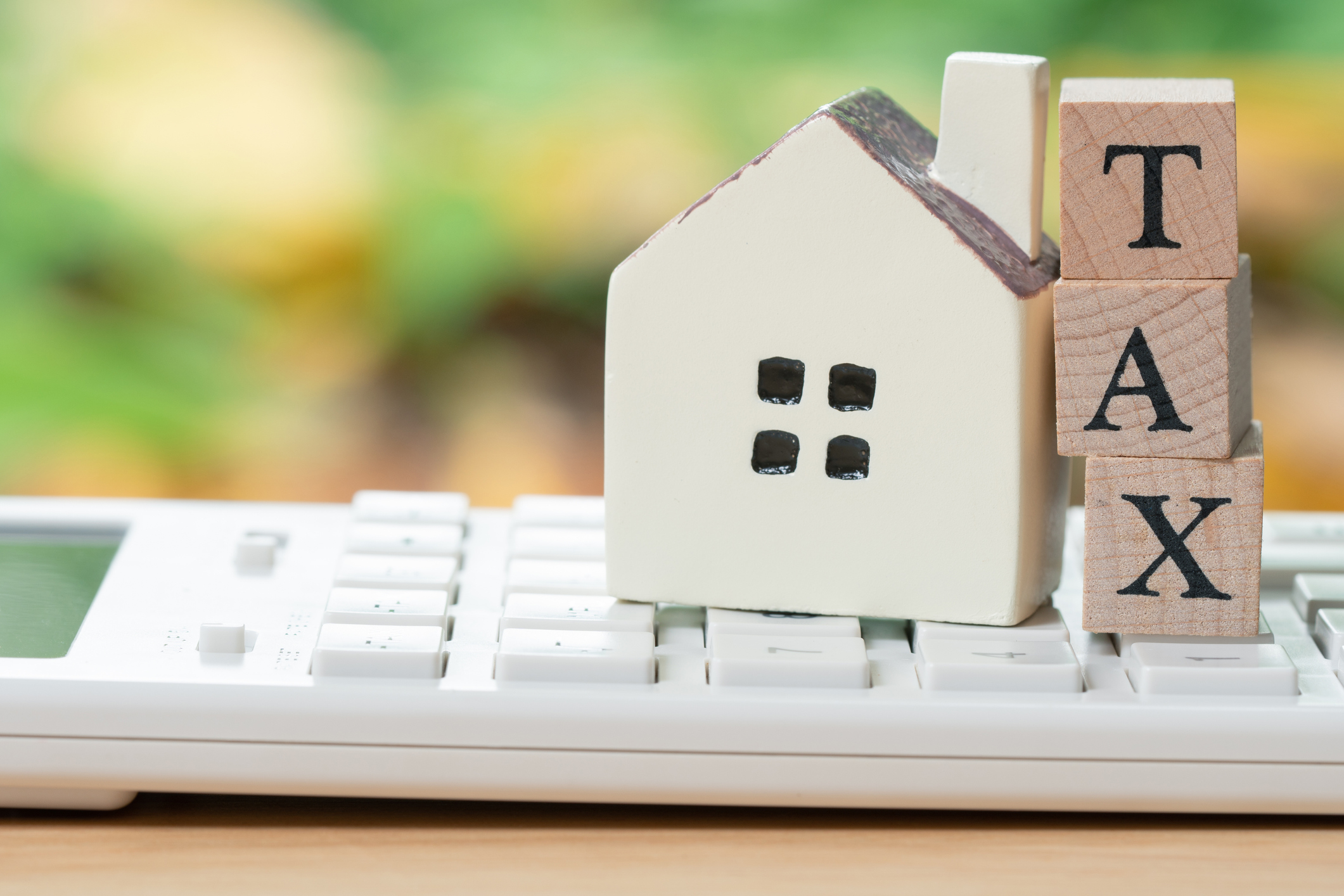
Date posted: 21st Nov 2024
There are circumstances in which it may be desirable to sell some or all of a garden or the land attached to a residence separately from the residence itself.
Where this is on the cards, it is essential to plan ahead to prevent an unwanted tax liability arising accidentally. Here, it is vital that the separate sales are conducted in the correct order to preserve private residence relief.
Nature of private residence relief
Private residence relief prevents a capital gains tax liability from arising where a property is sold for a gain which has been the owner’s only or main residence throughout the period for which they have owned it. If the property has not been the only or main residence throughout, private residence relief will apply to the periods for which it was occupied as such, the last nine months of ownership and also any periods which count as a qualifying absence.
Extension to garden and grounds
Private residence relief applies not only to the property itself, but also to land that is enjoyed with the residence ‘as its garden or grounds up to the permitted area’. The permitted area is set at 0.5 hectares. However, a larger area may qualify if it is required for the reasonable enjoyment of the residence having regard to the size and character of the dwelling house.
Does the land qualify?
When looking to sell off a parcel of land separately to the main residence, the first question to ask is whether the land in question forms part of the garden and grounds.
Consideration will need to be given to the size and whether this exceeds the permitted area and, if it does, whether it can reasonably be regarded as necessary for the reasonable enjoyment of the property.
Further, a residence’s garden and grounds will normally be land that surrounds a property and is enclosed with it. Land that is physically separated from the property will not usually be part of the grounds, and a plot of land a short distance from the property will not normally benefit from the relief, even if it is used as a garden. However, it is important to consider the facts in relation to the particular property, and where a house has been built with the garden on the other side of the street and the garden has been conveyed with the property, the relief may extend to the garden.
If the land being sold does not form part of the garden or grounds of the residence, it will not benefit from private residence relief and any gain arising on the sale of the land may be liable to capital gains tax.
Land sold first
Provided that the land being sold is part of the garden or grounds of the main residence, if it is sold separately ahead of the main residence, it may qualify for private residence relief. As long as the associated property has been the main residence throughout the period of ownership, the gain may be sheltered in full.
Land sold after the property
The availability of private residence relief for the land is contingent on there being an associated property which is occupied as an only or main residence. Once the property has been sold, this is no longer the case. Here, the timing of the sales is crucial.
HMRC’s view is that if a residence and part of the garden are sold separately and the house is sold first, if the date of the contract for the subsequent sale of the land is before the sale of the house has completed, the sale of the land will benefit from private residence relief. However, if the contract date for the sale of the land is after the sale of the property has completed, relief will be lost.
Residence relief is an often challenged area of capital gains tax and specialist advice will be required. As ever, we are here to help.


